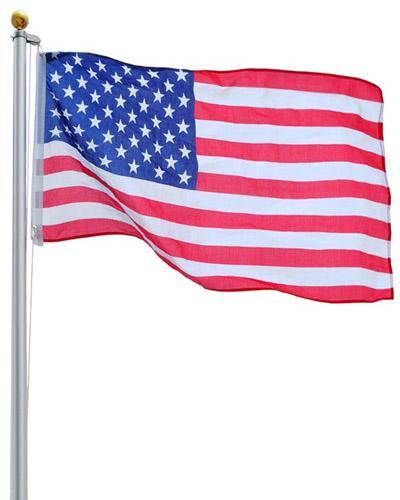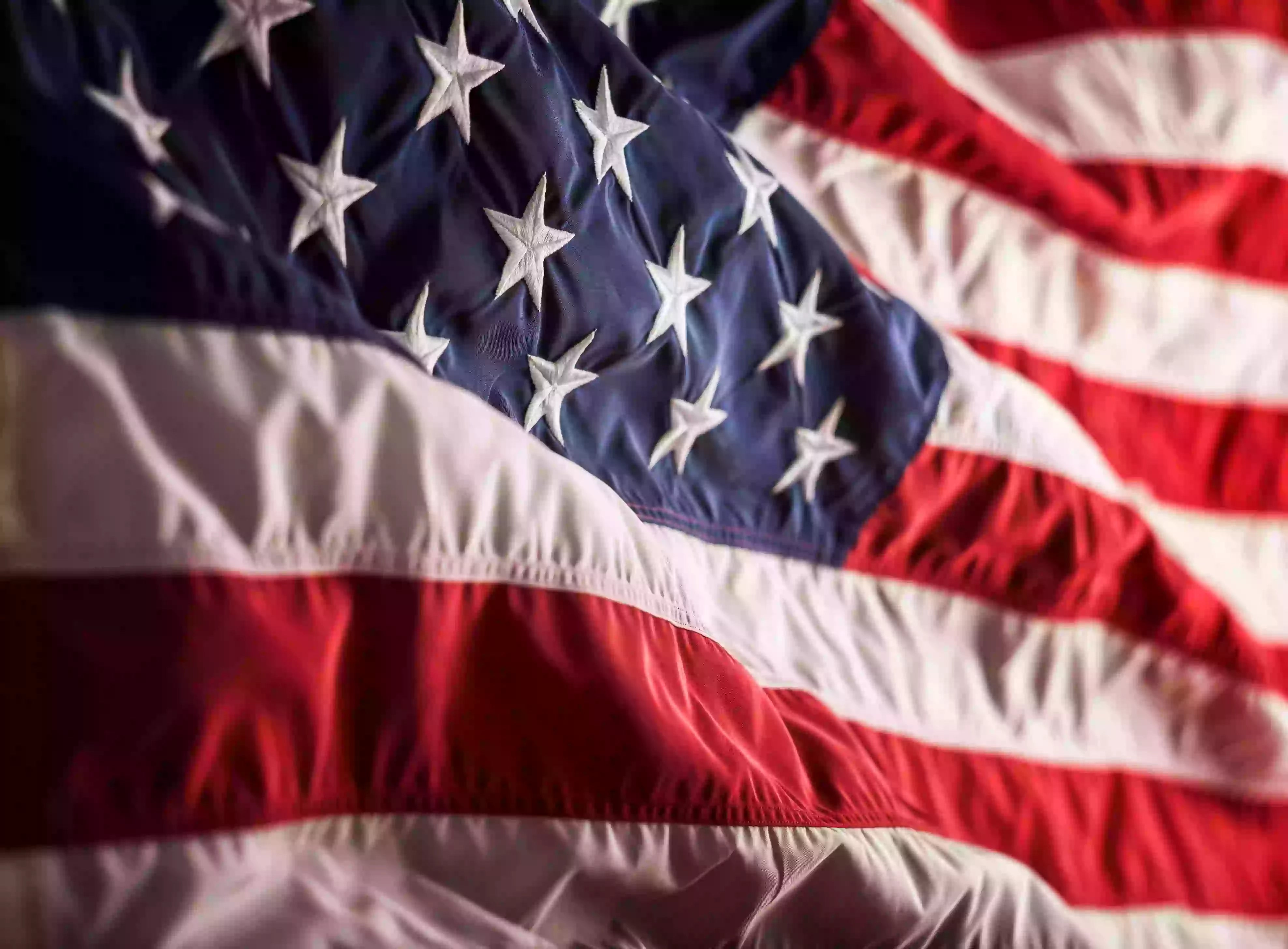The American flag is a globally recognized symbol, inspiring stories, artwork, songs, and much more. It represents dignity, freedom, and what it means to be an American. The American flag has an extensive history, as it has been part of significant historical events, great triumphs, and even sad times. There have also been numerous iterations of the American flag’s design, changing from January 1st, 1776, to August 21st, 1960.
However, questions regarding the flag’s origin, its colors and their deeper meanings, and where the name Old Glory comes from have puzzled citizens and historians alike. So let’s understand the history of the American flag and other key facts that make it an iconic, respected symbol.
The American Revolution
As you learn and understand the history of the American flag, it’s necessary to go back to the American Revolution. After all, without this war, we wouldn’t have the flag as we know it today.
The American Revolution was a movement in the American colonies to gain seats in British Parliament. It started as a protest and became a full-blown revolution for independence. The revolution began as a skirmish between British regulars and American provincials on April 19th, 1775, beginning in Lexington and then moving toward Concord. In total, the American Revolution lasted over a decade. However, on July 4th, 1776, congress declared its independence from Great Britain.
Then on June 14th, 1777, congress passed an official flag act, establishing a version of the US flag as a symbol for the newly founded nation. The resolution stated, “Resolved, that the flag of the United States is thirteen stripes, alternating red and white; that the union be thirteen stars, white in a blue field, representing a new constellation.” President Harry S. Truman later announced this day to be the official Flag Day.
The American Flag’s Origins & Establishment
While there’s heavy speculation about where the American flag originated, it is still unknown.
One theory about the design’s origin involves the Sons of Liberty. After Britain pushed many taxation acts without representation, the frustrated Sons of Liberty began their passionate protest. They were the earliest users of stripes in a flag, and their group consisted of the original Tea Party members, who famously threw chests of tea overboard in Boston Harbor. The Sons of Liberty’s flag consisted of fewer stripes, though the pattern was still the same, allowing the flag to display horizontally or vertically.
A New Jersey Congressman and Declaration of Independence signer, Francis Hopkinson is generally regarded as the designer of the original design for the US flag. Many believe that Hopkinson drew inspiration from the pattern used for the Sons of Liberty’s flag, establishing the striped design of the American flag known today. Betsy Ross, a Philadelphian seamstress who made flags for the Pennsylvania Navy, then sewed this design.
Old Glory
Though the US flag goes by the nickname Old Glory, the original Old Glory was a 17- by 10-foot flag owned by William Driver, a 19th-century sea captain. Driver’s mother sewed in the 24 stars, and the flag was meant to display grandly from the ship’s mast.
Legends claim that when Driver raised the flag at the main mast, he lifted his hat and stated, “My ship, my country, and my flag, Old Glory.” However, there have been objections to this piece of history. Salem historian Bonnie Hurd Smith found no evidence that Driver made this grandiose statement. It’s more likely that he named Old Glory when reflecting on his 20-year career as an American merchant seaman, sailing to China, Gibraltar, India, and the South Pacific.
By 1922, Old Glory became part of the Smithsonian Institution, and remains to this day in the National Museum of American History.
“The Star-Spangled Banner”
During the War of 1812, Francis Scott Key, a 35-year-old American lawyer, had boarded the flagship of the British fleet on the Chesapeake Bay. He hoped to persuade British forces to release a recently arrested friend. However, while Key successfully freed his friend, the pair could not leave due to an impending attack on Baltimore. On September 13th, Key watched as a barrage of Fort McHenry ensued.
On September 14th, hours after the erupting battle, Francis Scott Key witnessed the American flag flying over the fort, announcing the American victory for everyone to see. Upon his experience, he wrote a poem distributed under the title “Defence of Fort M’Henry” in the Baltimore Patriot. Within weeks, the now-dubbed “The Star-Spangled Banner” appeared across the country and became an immortalized representation of the American flag.
In its journey to becoming the lyrics to the United States’ national anthem, “The Star-Spangled Banner” first rose in popularity in 19th-century tunes. President Woodrow Wilson then, by executive order, designated it the national anthem of the United States in 1916.
The American Flag on the Moon
As time went on, the American flag began to spread throughout the world. It was flown overseas for the first time over Fort Derne on the shores of Tripoli, Libya, in 1805. Following up, in 1905, Robert Peary placed the American flag at the North Pole. Barry Bishop followed suit in 1963 by posing the flag at the top of Mount Everest.
However, nothing compares to the American flag on the moon. During the Space Race in the mid-20th century, The United States and the Soviet Union were competing to achieve superior spaceflight capabilities. And in 1969, then President John F. Kennedy announced that the first humans to land on the moon were Americans. After rigorous testing and sending chimps to space, Commander Neil Armstrong and his lunar module pilot, Buzz Aldrin, landed on the moon on July 20th, 1969. Armstrong then placed an American flag on the moon’s surface, marking their moment in aerospace history.
The Current American Flag Components
The American flag of today has notable features that catch every onlooker’s eye. The current American flag consists of 13 alternating red and white stripes, representing the 13 original colonies. The 50 white stars against a blue field represent the 50 states. Additionally, each color of the American flag has meaning. Red stands for bravery and valor, white stands for innocence and purity, and blue defines perseverance, vigilance, and justice.
Now that you understand more about the history of the American flag, you can feel more connected to your nation’s history and values when you display it. Fortunately, displaying your love for your country is easy with us at Liberty Flagpoles. Our flagpoles give homeowners and businesses the ease of safely flying America’s flag high in the sky. After installing a fiberglass flagpole from us, you won’t have to worry about rust, corrosion, or oxidization, and it provides a dependable hold to display your flag year-round. Contact us today!








